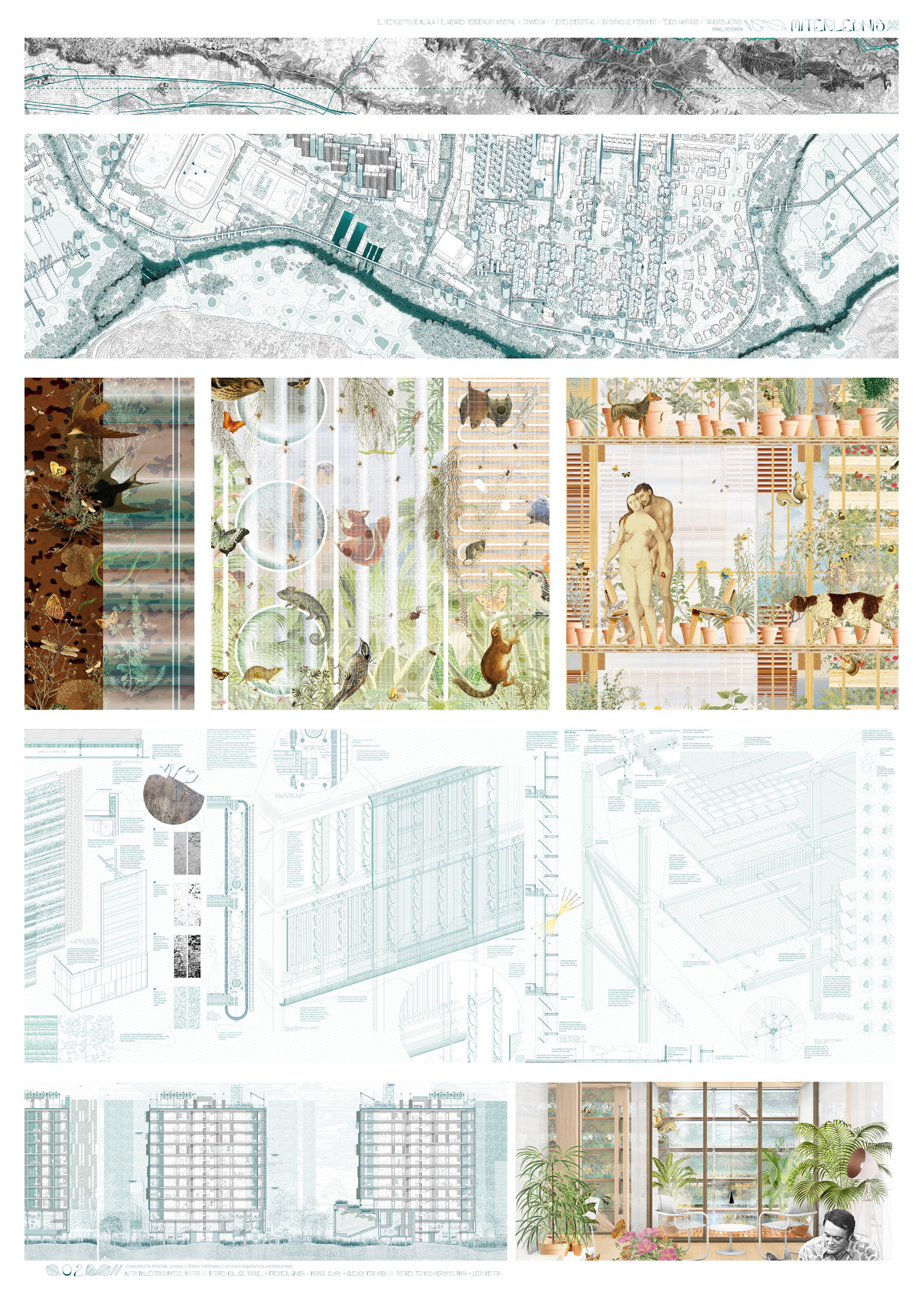| dc.contributor.author | Cantergiani , Carolina | |
| dc.contributor.author | Gómez Delgado, Montserrat | |
| dc.date.accessioned | 2019-03-05T18:52:20Z | |
| dc.date.available | 2019-03-05T18:52:20Z | |
| dc.date.issued | 2018-01-01 | |
| dc.identifier.bibliographicCitation | Environments, 2018, v. 5, n. 1, p. 1-21 | es_ES |
| dc.identifier.issn | 2076-3298 | |
| dc.identifier.uri | http://hdl.handle.net/10017/36331 | |
| dc.description.abstract | Agent-based models have recently been proposed as potential tools to support urban planning due to their capacity to simulate complex behaviors. The complexity of the urban development process arises from strong interactions between various components driven by different agents. AMEBA (agent-based model for the evolution of urban areas) is a prototype of an exploratory, spatial, agent-based model that considers the main agents involved in the urban development process (urban planners, developers, and the population). The prototype consists of three submodels (one for each agent) that have been developed independently and present the same structure. However, the first two are based on a land use allocation technique, and the last one, as well as their integration, on an agent-based model approach. This paper describes the conceptualization and performance of the submodels that represent urban planners and developers, who are the agents responsible for officially launching expansion and defining the spatial allocation of urban land. The prototype was tested in the Corredor del Henares (an urban&-industrial area in the Region of Madrid, Spain), but is sufficiently flexible to be adapted to other study areas and generate different future urban growth contexts. The results demonstrate that this combination of agents can be used to explore various policy-relevant research questions, including urban system interactions in adverse political and socioeconomic scenarios. | en |
| dc.description.sponsorship | Ministerio de Economía y Competitividad | es_ES |
| dc.format.mimetype | application/pdf | en |
| dc.language.iso | eng | en |
| dc.rights | Attribution-NonCommercial-NoDerivatives 4.0 International (CC BY-NC-ND 4.0) | en |
| dc.rights | © MDPI https://www.mdpi.com/authors/rights | en |
| dc.rights.uri | http://creativecommons.org/licenses/by-nc-nd/4.0/ | en |
| dc.subject | Urban land allocation model | en |
| dc.subject | Agent-based model | en |
| dc.subject | Spatial simulation of urban growth | en |
| dc.subject | Urban planners | en |
| dc.subject | Developers | en |
| dc.subject | Urban modeling | en |
| dc.title | Urban land allocation model of territorial expansion by urban planners and housing developers | en |
| dc.type | info:eu-repo/semantics/article | en |
| dc.subject.eciencia | Geografía | es_ES |
| dc.subject.eciencia | Geography | en |
| dc.contributor.affiliation | Universidad de Alcalá. Departamento de Geología, Geografía y Medio Ambiente | es_ES |
| dc.date.updated | 2019-03-05T18:07:31Z | |
| dc.type.version | info:eu-repo/semantics/publishedVersion | en |
| dc.identifier.doi | 10.3390/environments5010005 | |
| dc.relation.projectID | info:eu-repo/grantAgreement/MINECO//CSO2012-38158-C02-01/ES/GEOSIMULACIÓN DE ESCENARIOS FUTUROS DE CRECIMIENTO URBANO A PARTIR DE INFORMACIÓN ESPACIAL DE DETALLE. VALORACIÓN DE SUS RESULTADOS DESDE LA PLANIFICACIÓN AMBIENTAL/SIMURBAN2 | es_ES |
| dc.rights.accessRights | info:eu-repo/semantics/openAccess | en |
| dc.identifier.uxxi | AR/0000027312 | |
| dc.identifier.publicationtitle | Environments | en |
| dc.identifier.publicationvolume | 5 | |
| dc.identifier.publicationlastpage | 21 | |
| dc.identifier.publicationissue | 1 | |
| dc.identifier.publicationfirstpage | 1 | |















